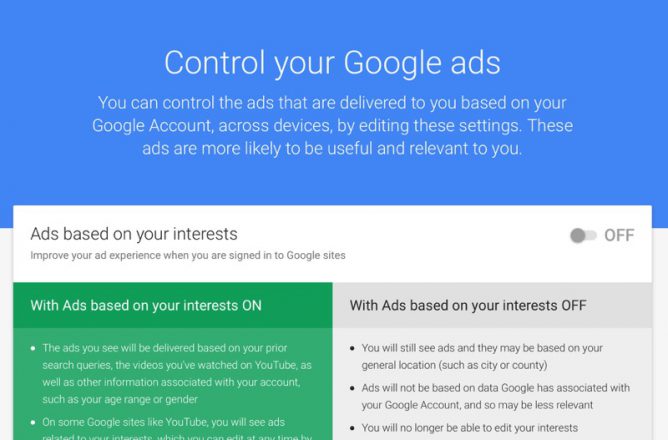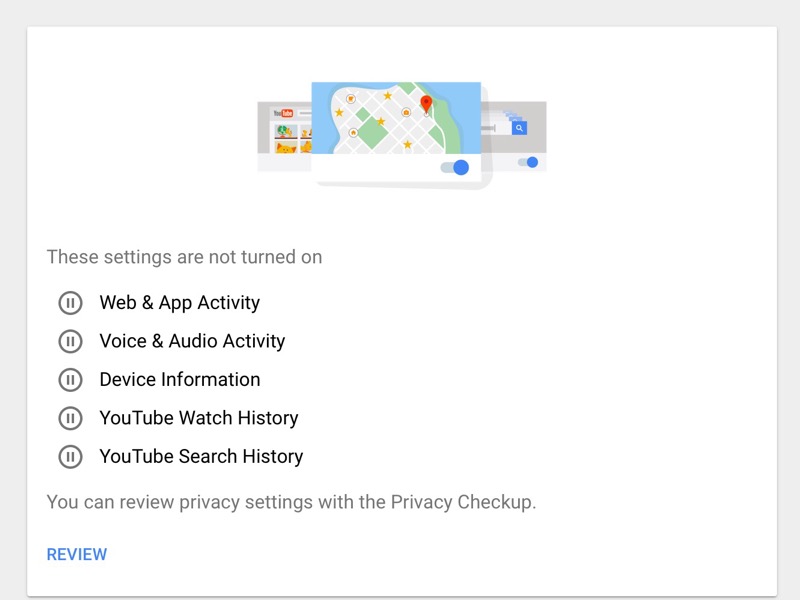Tag: privacy
I like Instagram but..

I’ve seen this linked a few times recently, finally clicked.
– […] we may keep, use and share your personal information with companies connected with Instagram. This information includes your name, email address, school, where you live, pictures, phone number, your likes and dislikes, where you go, who your friends are, how often you use Instagram, and any other personal information we find such as your birthday or who you are chatting with, including in private messages (DMs).
I’ll be sharing this with my pupils soon.
Turning off some Google juice, back to thing 4

Although I’ve not been blogging about all of the 23 things, I’ve though a little about most of them. This item from my feed reader:
Google Has Quietly Dropped Ban on Personally Identifiable Web Tracking – ProPublica got me thinking more about thing 4 digital security
To opt-out of Google’s identified tracking, visit the Activity controls on Google’s My Account page, and uncheck the box next to “Include Chrome browsing history and activity from websites and apps that use Google services.” You can also delete past activity from your account.
After that I headed over to the Google My Account page and turned off as much as I could.

Draftback amazing document playback
Draftback is a Chrome extension that lets you play back any Google Doc’s revision history (for docs you can edit). It’s like going back in time to look over your own shoulder as you write.
from: Get Draftback to Play Back Google Docs
The above is not a video but an embed from Draftback!
Quite amazing, in the short playback above you can see how horrible a typist I am and also see Ian Stuart adding text to the document at the same time as me!
After I posted on G+ this Martian Hawksey commented with a link How I reverse-engineered Google Docs to play back any document’s keystrokes « James Somers (jsomers.net). Which give detail of the creation, a fascinating read.
The data that Google stores is, as you might expect, kind of incredible. What we actually have is not just a coarse “video” of a document — we have the complete history of every single character. Draftback is aware of this history, and assigns each character a persistent unique ID, which makes it possible to do stuff that I don’t think folks have really done to a piece of writing before.
And among explanations that go over my head things like this:
When you’re using Google Docs, you’re not actually typing into where you think you’re typing. You’re typing into a textarea in an iFrame off-screen, and through the postMessage API, those events are being sent to the “edit surface” that you see, which does stuff like draw your cursor. (Your cursor on Docs isn’t actually a cursor, it’s a 2px-wide
div!)
Would this be a useful tool in the classroom? For discussing pupil work or demonstrating writing?

